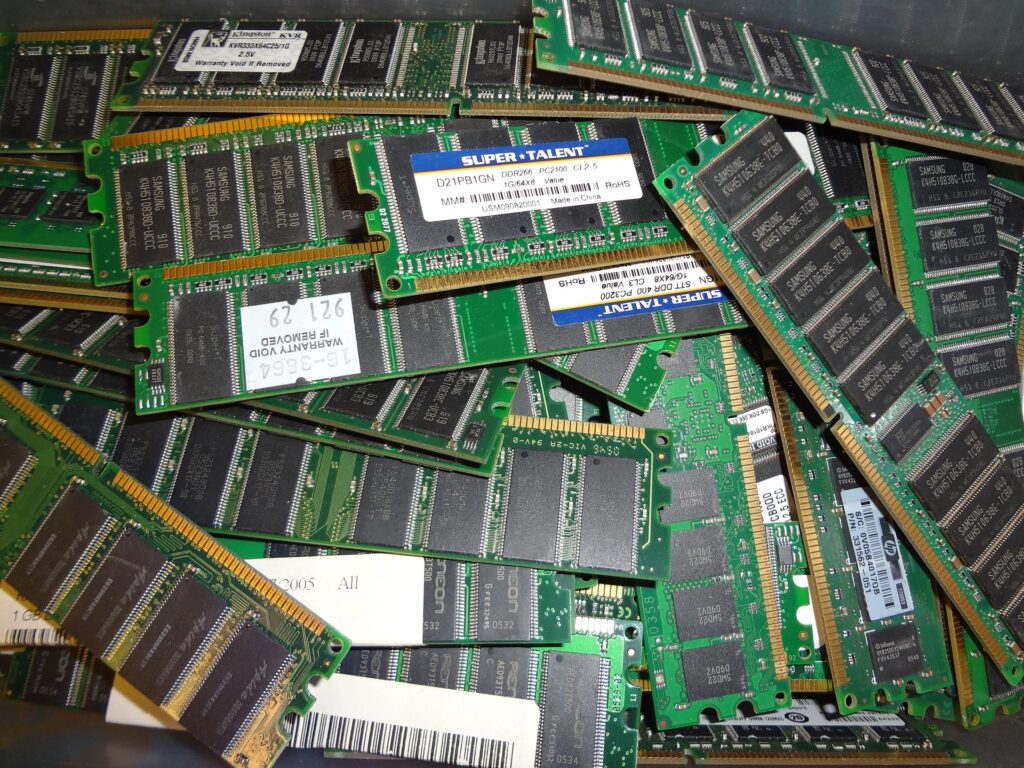In the realm of cybersecurity, protecting sensitive information from prying eyes is paramount. While much attention is given to securing data at rest and in transit, the challenge of safeguarding data residing in a computer’s active memory, known as Random Access Memory (RAM), is equally significant. RAM secrets, such as encryption keys and passwords, are vulnerable to exploitation through various memory-based attacks. This article delves into the importance of protecting RAM secrets and provides insights into effective strategies to thwart memory-based threats.

Understanding RAM Secrets:
Random Access Memory (RAM) is the volatile storage where a computer’s active processes and data are stored while in use. RAM secrets refer to sensitive information temporarily held in RAM during the course of program execution. These secrets can include encryption keys, passwords, cryptographic tokens, and other confidential data. While RAM is essential for quick data access and processing, it also poses security challenges due to its volatile nature.
Challenges and Vulnerabilities:
RAM secrets are vulnerable to several memory-related attacks:
-
Cold Boot Attack: Attackers exploit the fact that data remnants may persist in RAM even after a system is powered off. By freezing the RAM and quickly rebooting the system, they can potentially recover sensitive data.
-
Rowhammer Attack: This attack exploits the physical properties of DRAM cells to manipulate adjacent cells, potentially leading to unauthorized access to data stored in neighboring memory locations.
-
Memory Scraping: Malicious software can scan the contents of RAM to locate and extract sensitive information, such as credit card numbers or login credentials.
-
RAM Dumping: Attackers can use software tools to dump the contents of a system’s RAM, giving them access to sensitive data.
-
Side-Channel Attacks: These attacks exploit information leakage through observable system behavior, such as variations in power consumption or execution time, to deduce sensitive information.
Strategies to Protect RAM Secrets:
To safeguard RAM secrets from these vulnerabilities, organizations and individuals can implement a combination of strategies:
1. Encryption:
Encrypting sensitive data in RAM can prevent unauthorized access even if an attacker gains access to memory. Hardware-based encryption accelerators and software-based solutions, such as Transparent Data Encryption (TDE), can be employed to encrypt data in RAM.
2. Memory Isolation:
Using techniques like memory segmentation and sandboxing, isolate different processes and applications in memory to prevent unauthorized access to memory segments containing sensitive information.
3. Secure Boot Processes:
Implement secure boot processes to ensure the integrity of the operating system and applications at system startup, reducing the risk of malicious code altering memory contents.
4. Trusted Execution Environments (TEEs):
TEEs provide isolated and secure execution environments within the main processor, safeguarding critical operations and sensitive data from unauthorized access.
5. Memory Scrubbing:
Regularly overwrite memory areas containing sensitive data to reduce the likelihood of data remnants persisting and being exploited.
6. Hardware Security Modules (HSMs):
HSMs are specialized devices that can store and manage encryption keys securely, preventing their exposure in RAM.
7. Data Minimization:
Minimize the amount of sensitive data stored in RAM by using techniques like lazy loading and discarding unnecessary data promptly.
8. Software-Based Protections:
Use runtime security solutions that detect and prevent memory-based attacks, such as those targeting buffer overflows or code injection.
9. Continuous Monitoring:
Implement tools that monitor memory activity for anomalies and unusual patterns, alerting administrators to potential memory-based attacks.
10. Patch Management:
Regularly update and patch the operating system and applications to address known vulnerabilities that could be exploited to access RAM secrets.
11. Zero Trust Model:
Adopt a zero-trust approach, assuming that no process or user can be fully trusted, and implement access controls accordingly.
12. Memory Randomization:
Randomize the locations of data and executable code in memory to make it harder for attackers to predict memory layouts and exploit vulnerabilities.
Case Study:
The “Heartbleed” vulnerability in the OpenSSL library (2014) exemplifies the risks associated with RAM secrets. Attackers exploited a flaw in the Heartbeat extension to steal sensitive data, including encryption keys, from the memory of vulnerable systems.
In Conclusion:
The protection of RAM secrets is a critical component of a comprehensive cybersecurity strategy. As attackers continuously develop new methods to exploit memory vulnerabilities, organizations and individuals must adopt a proactive approach to safeguarding sensitive data in RAM. By combining encryption, secure boot processes, memory isolation, and vigilant monitoring, it’s possible to mitigate the risks associated with memory-based attacks. In an era where data breaches and cyber threats are prevalent, ensuring the security of RAM secrets is a fundamental step toward upholding the confidentiality and integrity of sensitive information.